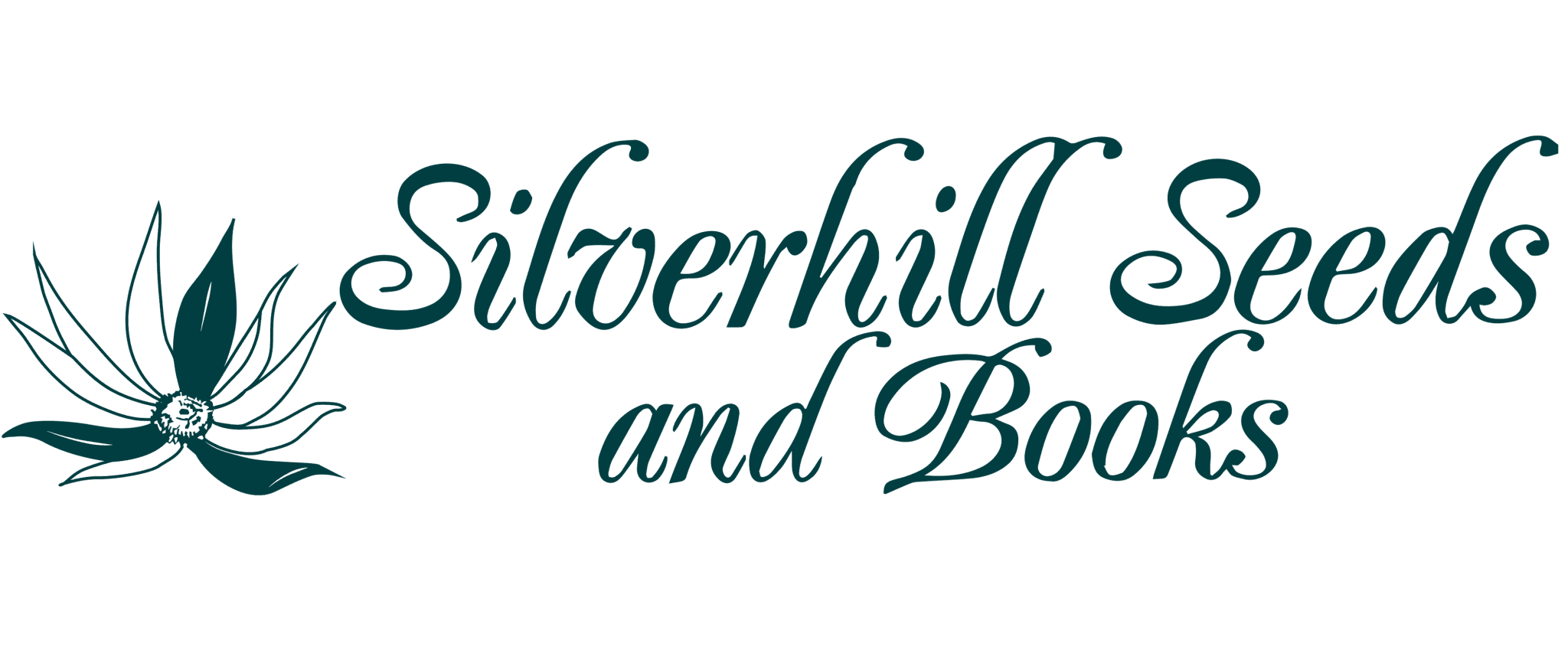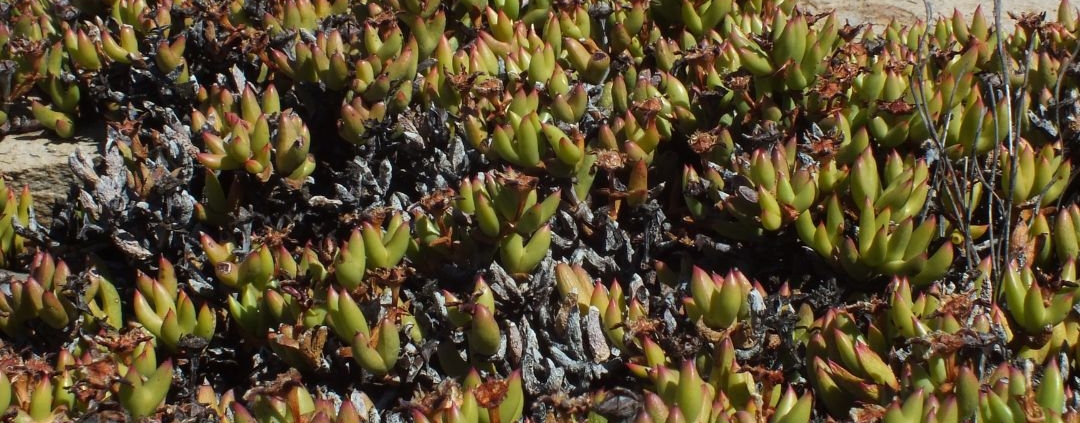From The Archives – Elsie Esterhuizen by Rod Saunders
By Rod Saunders
Elsie Esterhuysen was born Observatory Cape Town on 11th April 1912. Her father was Johannes Petrus Leroux Esterhuysen and he was Afrikaans speaking. Her mother was Florence Ethel Larken and she was English speaking.
Elsie, as far as is known, never spoke Afrikaans. English was her language despite the Afrikaans name. Her father studied law at Stellenbosch and worked at the Master’s office at the Supreme Court in Cape Town. He was transferred to Windhoek, but her mother didn’t like the climate and he retired early.
Elsie attended Wynberg Girl’s high school in Cape Town, and after matriculating, she proceeded to UCT where she graduated with an MA degree in Botany in 1933. The subject of her thesis was “The Anatomy of Myrothamnus flabellifolius”. It was obvious that anatomy held little attraction for her, and that field work was her abiding interest. She had a brief period of employment as a clerk in the Education Dept. Then she was awarded the Solly scholarship at Kirstenbosch in 1935. There she made a detailed study of the fynbos regeneration after the felling of a 50 year old Pinus pinaster plantation.
In this same year, Elsie joined the Mt Club of SA (MCSA) and she remained a member until her death in 2006. This membership was vital to her collecting activities.
Elsie had long wanted to be part of Dr Pole-Evans survey group in the Dept of Agriculture but was turned down merely because she was a woman. It was felt that women were not strong enough to undertake the strenuous field work. One of her classmates at UCT, John Ackocks, was accepted and went on to produce the famous Veld Types of South Africa.
In 1936 at the height of the Great Depression, Elsie accepted a position with Maria Wellamn, the Director of the McGregor Museum, in Kimberley. At this time, she was undertaking a survey of the flora of Griqualand West. After 2 years in Kimberley, Elsie returned to Cape Town in 1938 and joined the Bolus Herbarium, under Dr Louisa Bolus. Her former Professors, Prof Robert Adamson and Prof Harold Compton (Harold Compton was a member of the MCSA since 1919) knew of her passion for mountains and suggested that she explore and document the high altitude flora of the Cape Mountains as Herbarium records were sparse or lacking. Thus began her life work for the next 60 years during which time she made over 37 000 herbarium collections, the bulk of them collected from over 1000m in altitude.
The Mountain Club of South Africa connection.
During her stay in Kimberley, Maria Wellamn encouraged Elsie to get her driver’s license so that she could collect further afield. All went well until one day, Elsie stalled the car on a railway crossing. She never drove again and preferred a bicycle as a means of transport. The MCSA provided the means for Elsie to visit the mountains.
Seeing that Elsie did not drive and was beholden to others for motorized transport, the MCSA members weekly meets provided a means for Elsie to reach the highest peaks in the Western Cape. She regularly attended July Camps in the Drakensberg and collected extensively there. Many plants described by Hilliard and Burtt, experts on the Drakensberg flora, bear her collecting details.
| Galpin | 15 000 |
| Compton | 35 000 (8 000 in Swaziland) |
| Acocks | 28 000 |
| Drege | 9 500 |
| Ted Oliver | 10 500 mainly Ericas |
| Mogg | 40 000 throughout southern Africa |
| Elsie Esterhuysen | 37 000 |
Elsie did not collect plants randomly. She would do extensive research on a family of plants, see where the gaps were and then collect extensively within that family. Some noteworthy examples were Rutaceae, Restios and Grasses, Ericaceae. Her collecting activities were vital to the whole herbarium – she laid the grounds for Ted Oliver to do his work on Ericas and for Peter Linder for his work on restios and grasses.



